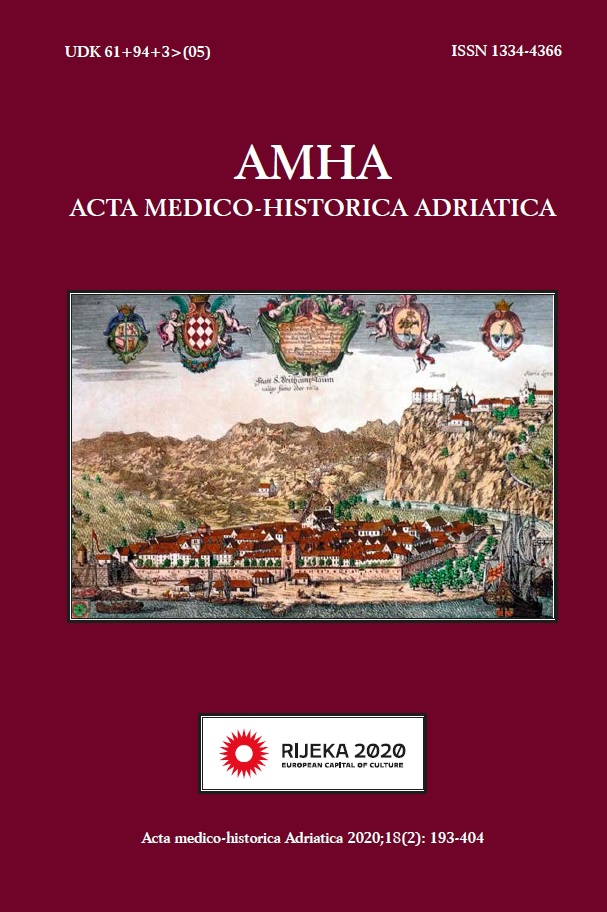The LA STORIA DELLA SIFILIDE NEL XVI SEC. E IL RUOLO CENTRALE DI LUIGI LUIGINI NEL RINASCIMENTO
Keywords:
De Morbus Gallicus, Renaissance, Luigi Luigini, Collection on Syphilis (1566-1567)Abstract
https://doi.org/10.31952/amha.18.2.9
Syphilis is the prime example of a “new disease” which triggered a transnational (European) discussion among physicians. It appeared between the end of the Middle Ages and the beginning of the Modern Times (at the beginning of the sixteenth century), a time in which medicine was changing from a dogmatic to an experimental discipline. The main changes were in the field of anatomy: in 1543, the same year of the astronomy-disrupting work by Nicolas Copernicus, the new less dogmatic and more empirical approach to anatomy by Andreas Vesalius was published. Nevertheless, in the Renaissance, medicine remains a tradition-bound discipline, proud of its millennial history and its superiority over the empirical, non-academic healers. When syphilis appeared in Europe, several explanations were elaborated. In the mid-16th century, an Italian doctor Luigi Luigini (born in 1526) published in Venice a collection of all the works on syphilis that appeared until 1566. He wanted to entrust to colleagues, contemporary and future, a compendium of all that was known about the “new” disease (the Latin term Novus means both “new” and “strange”). According to the most authors of the collection, the disease is in fact “new” and “strange”. Some authors of the collection find it impossible that authorities like Hippocrates and Galen overlooked it. Luigini’s work shows the authors’ effort to absorb syphilis in the corpus of academic medicine and affirm the authority of academic physicians against the empirical healers.


